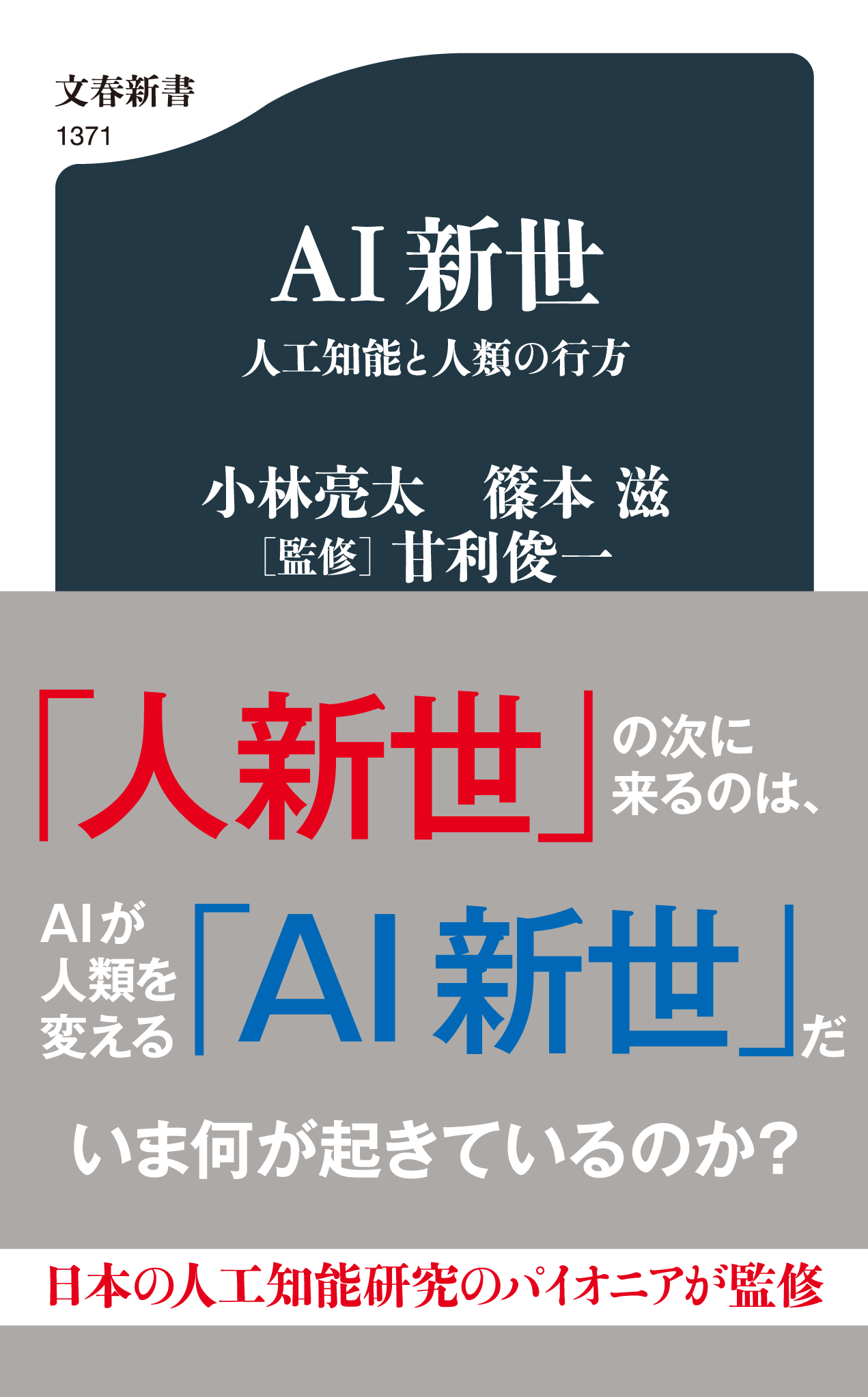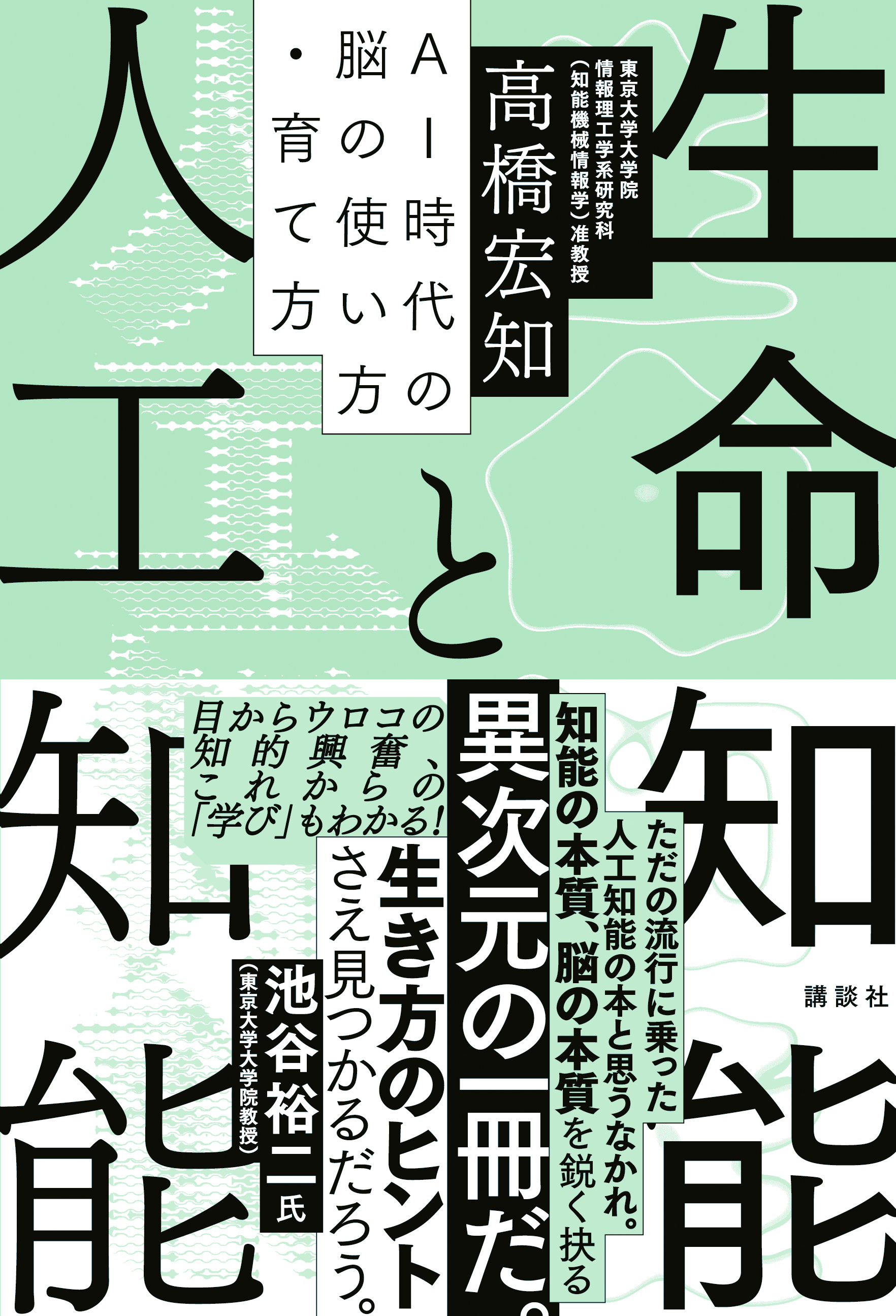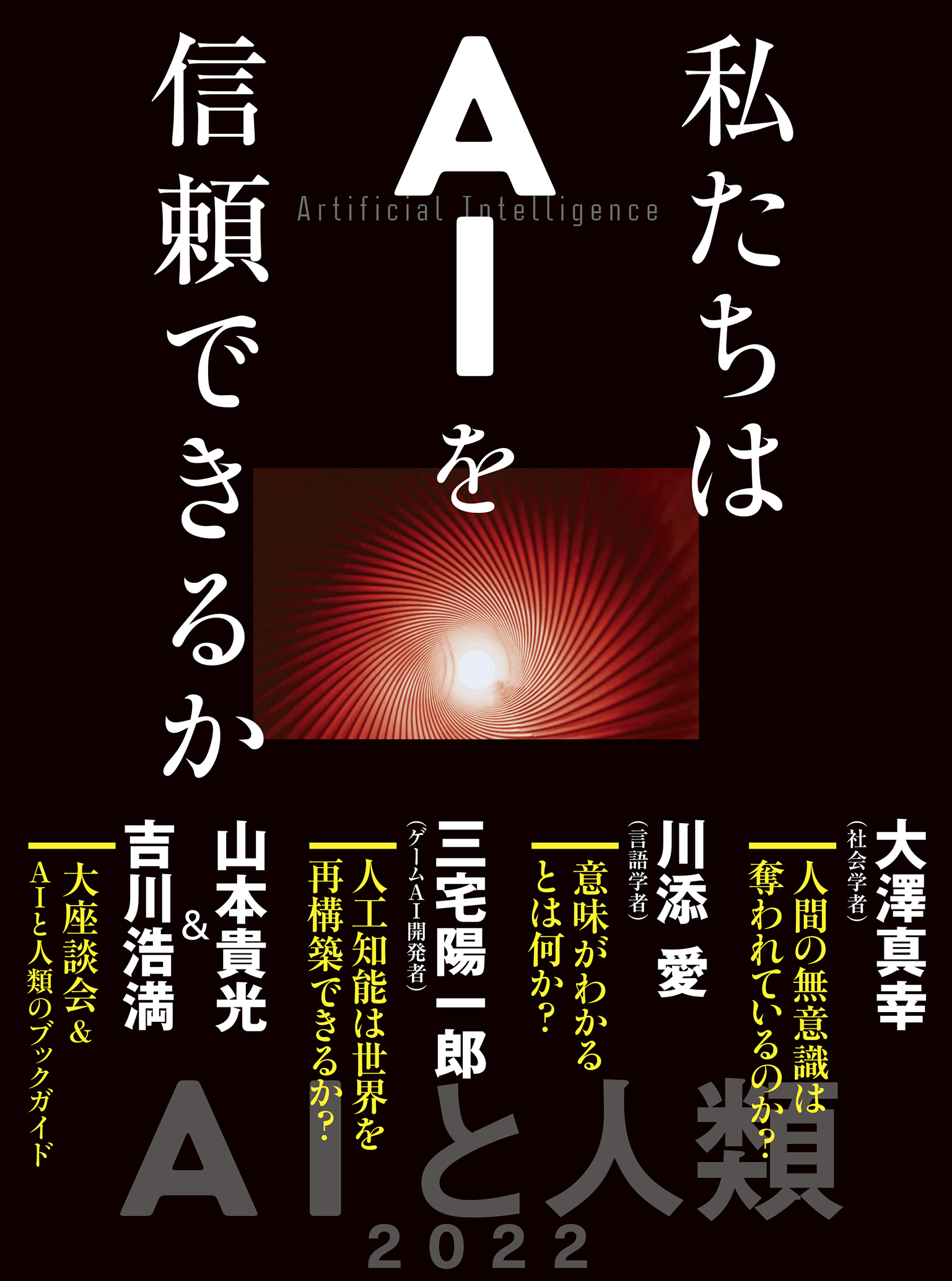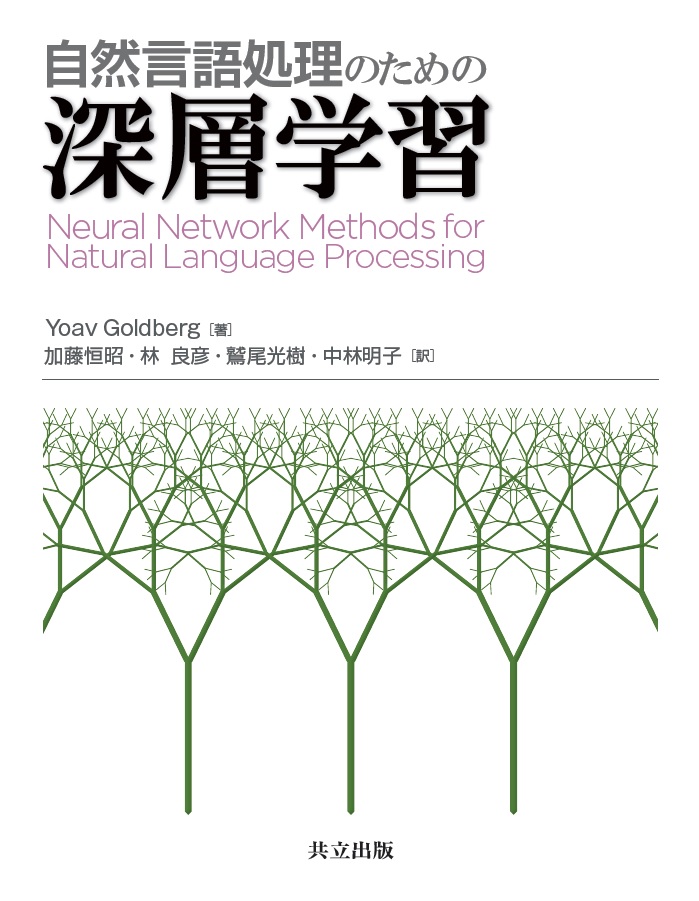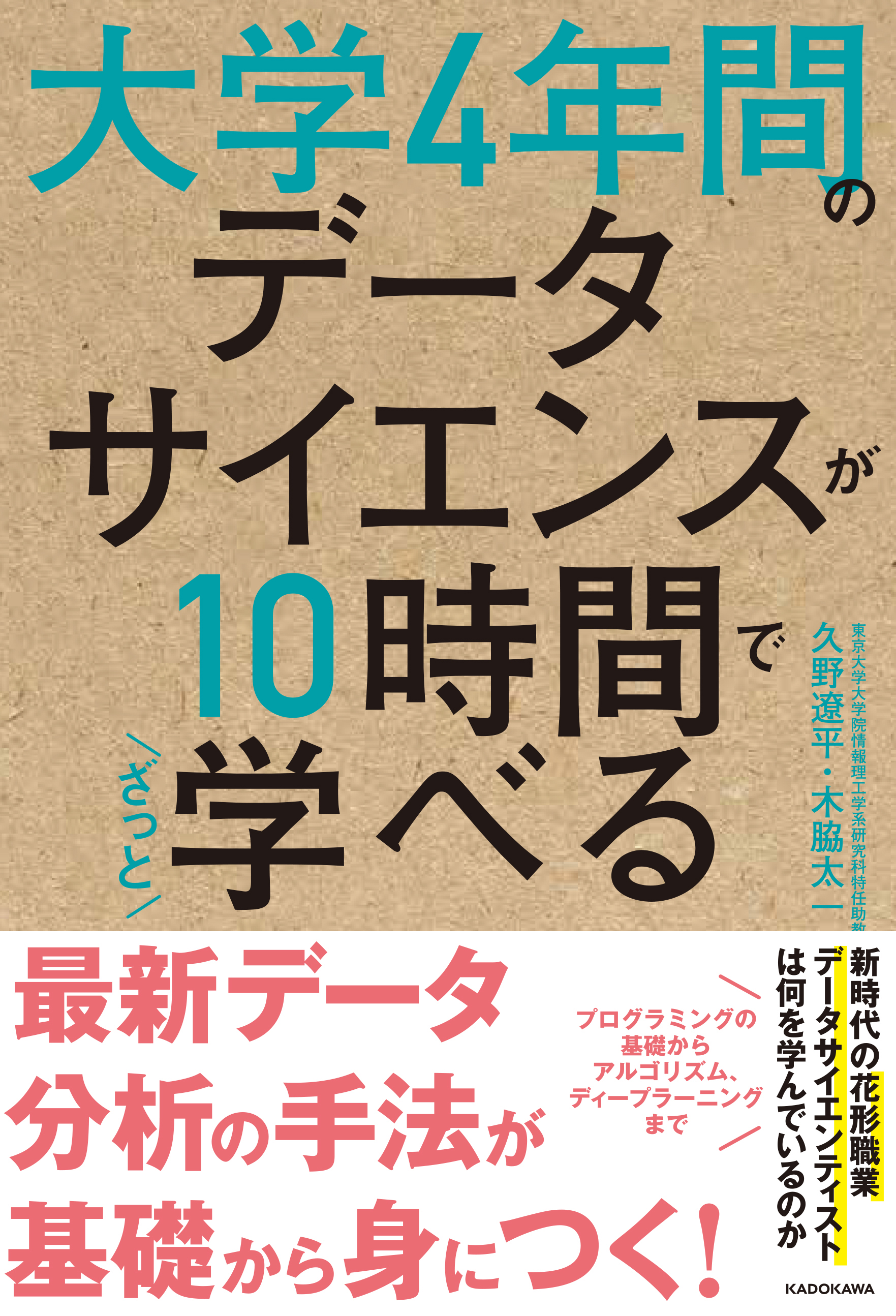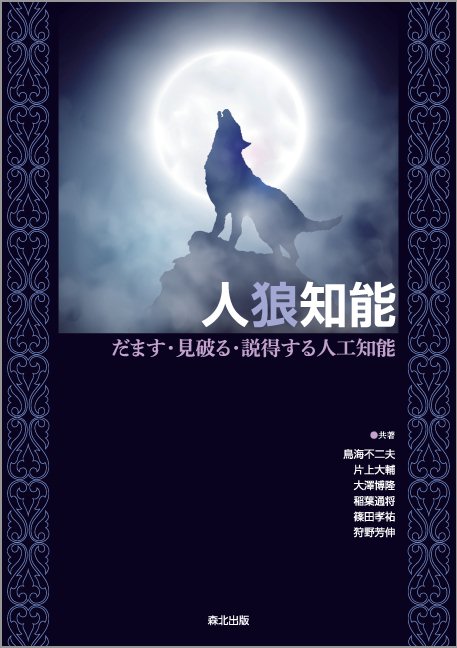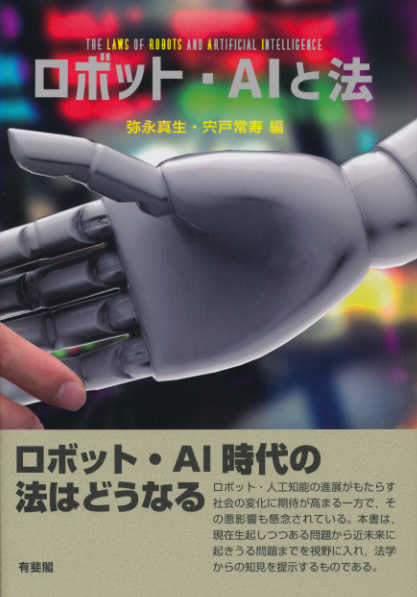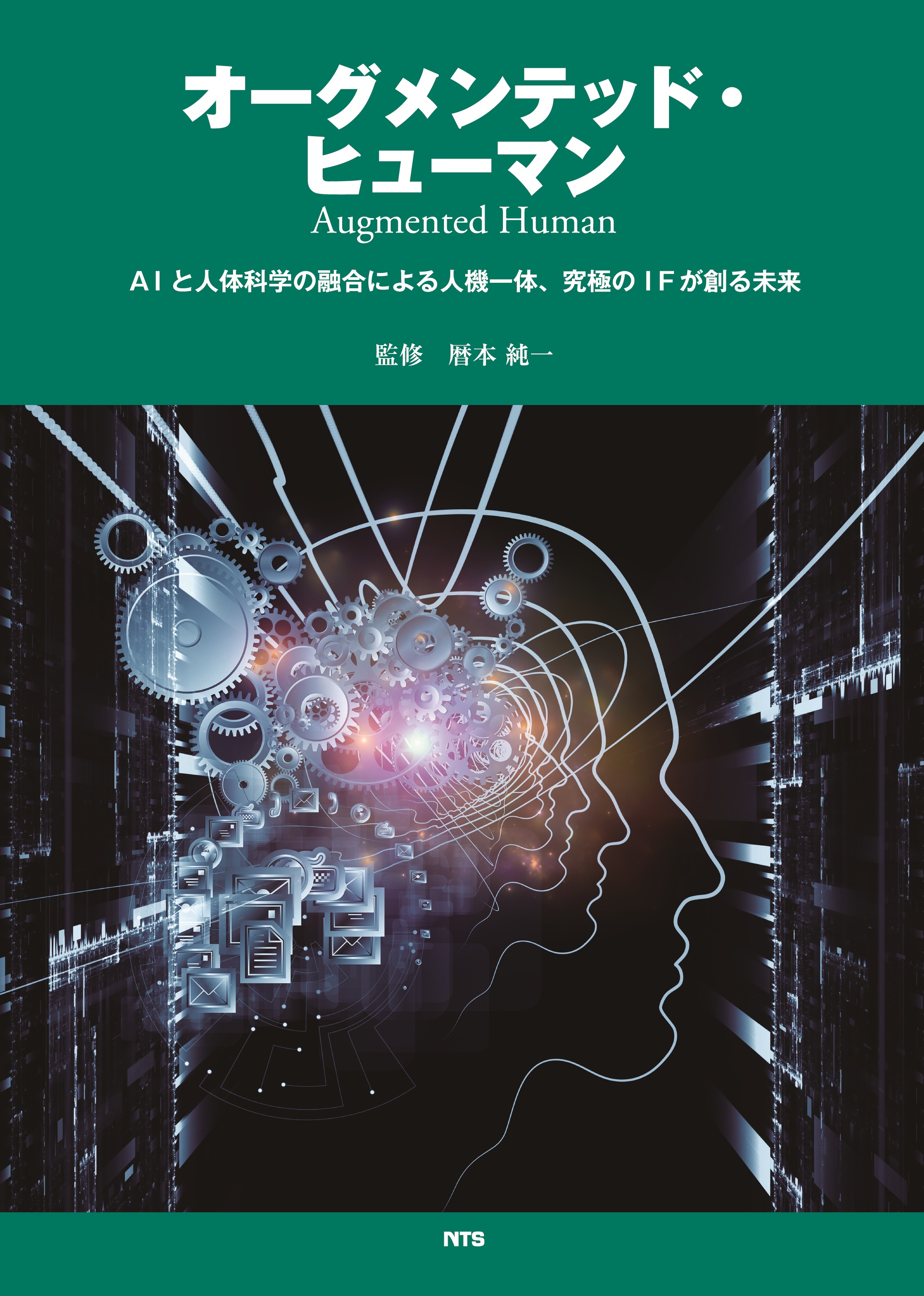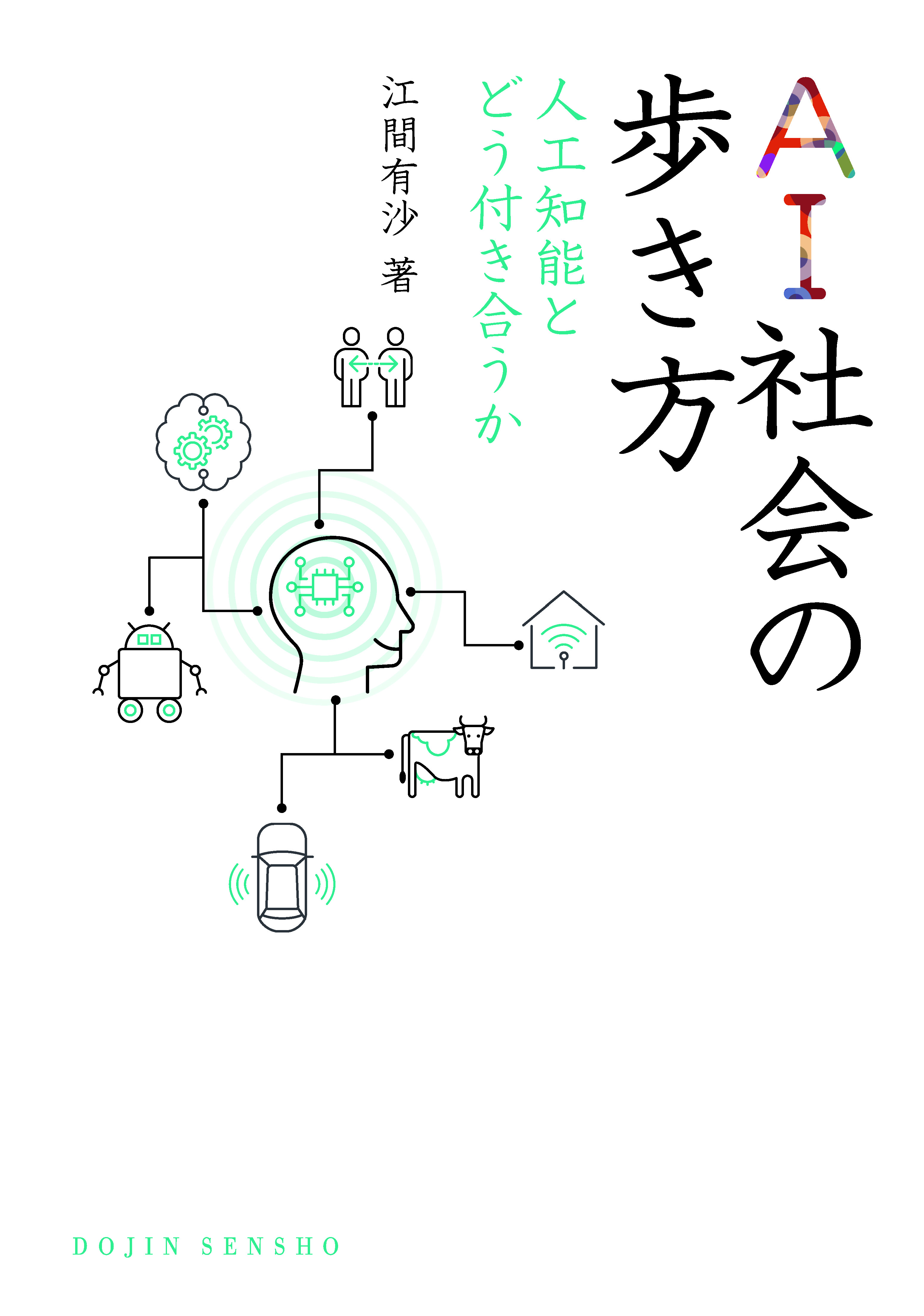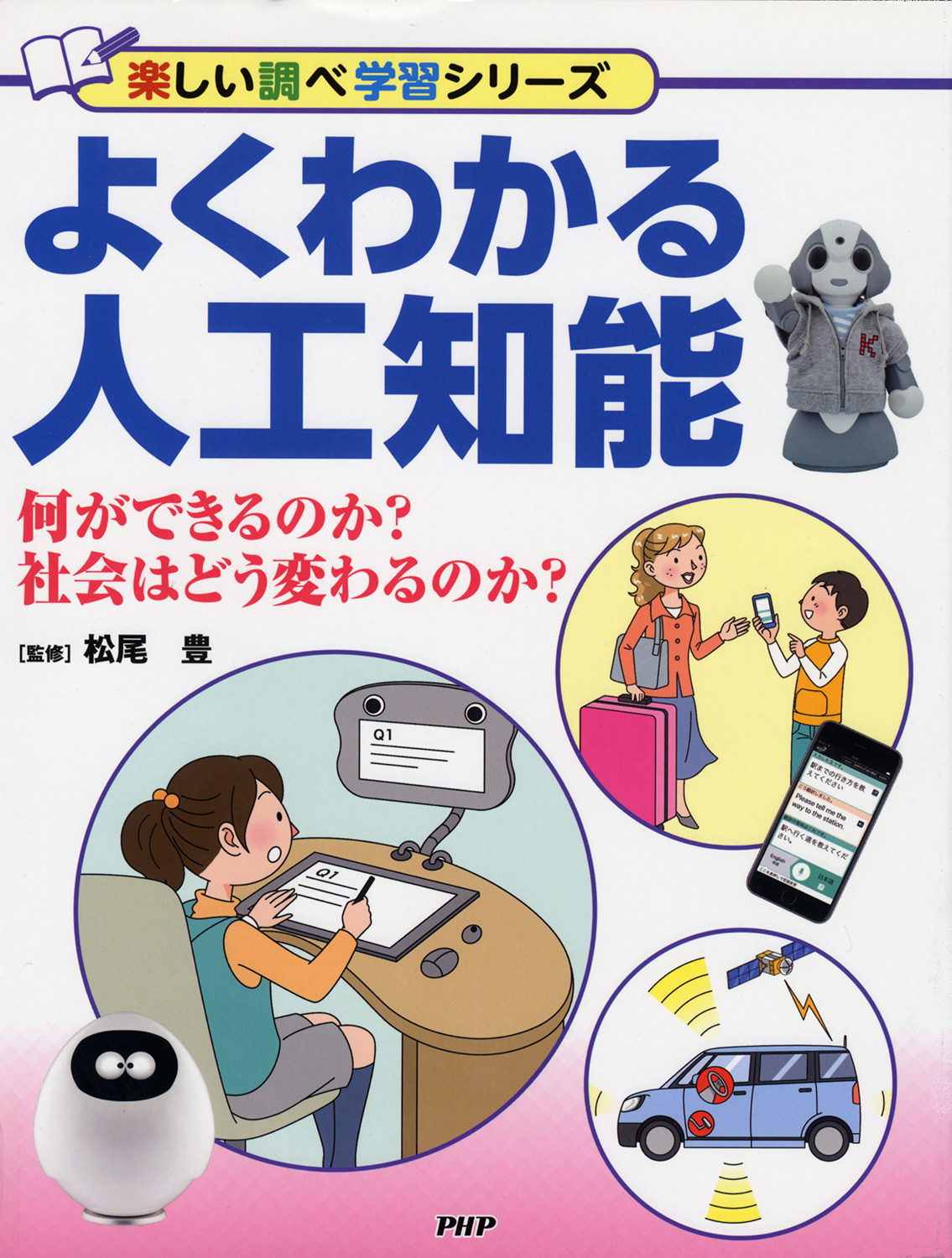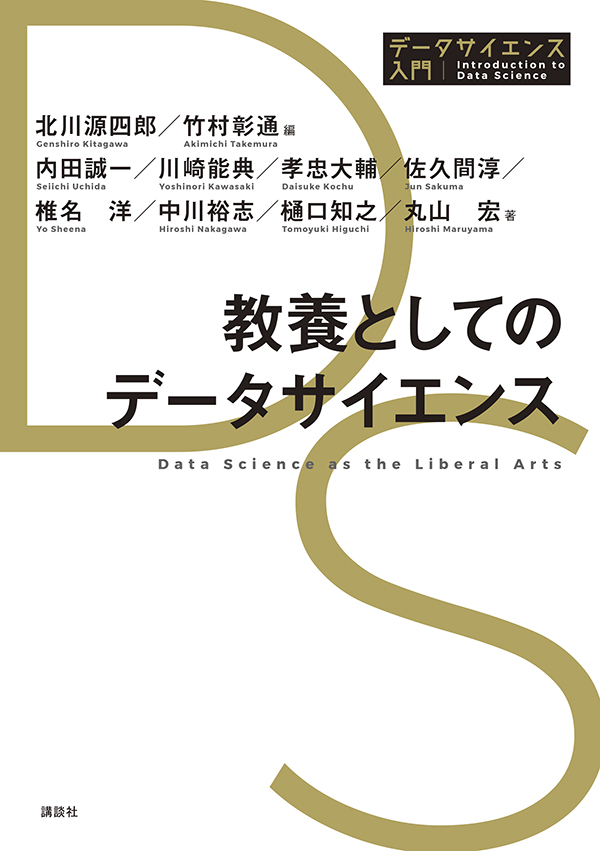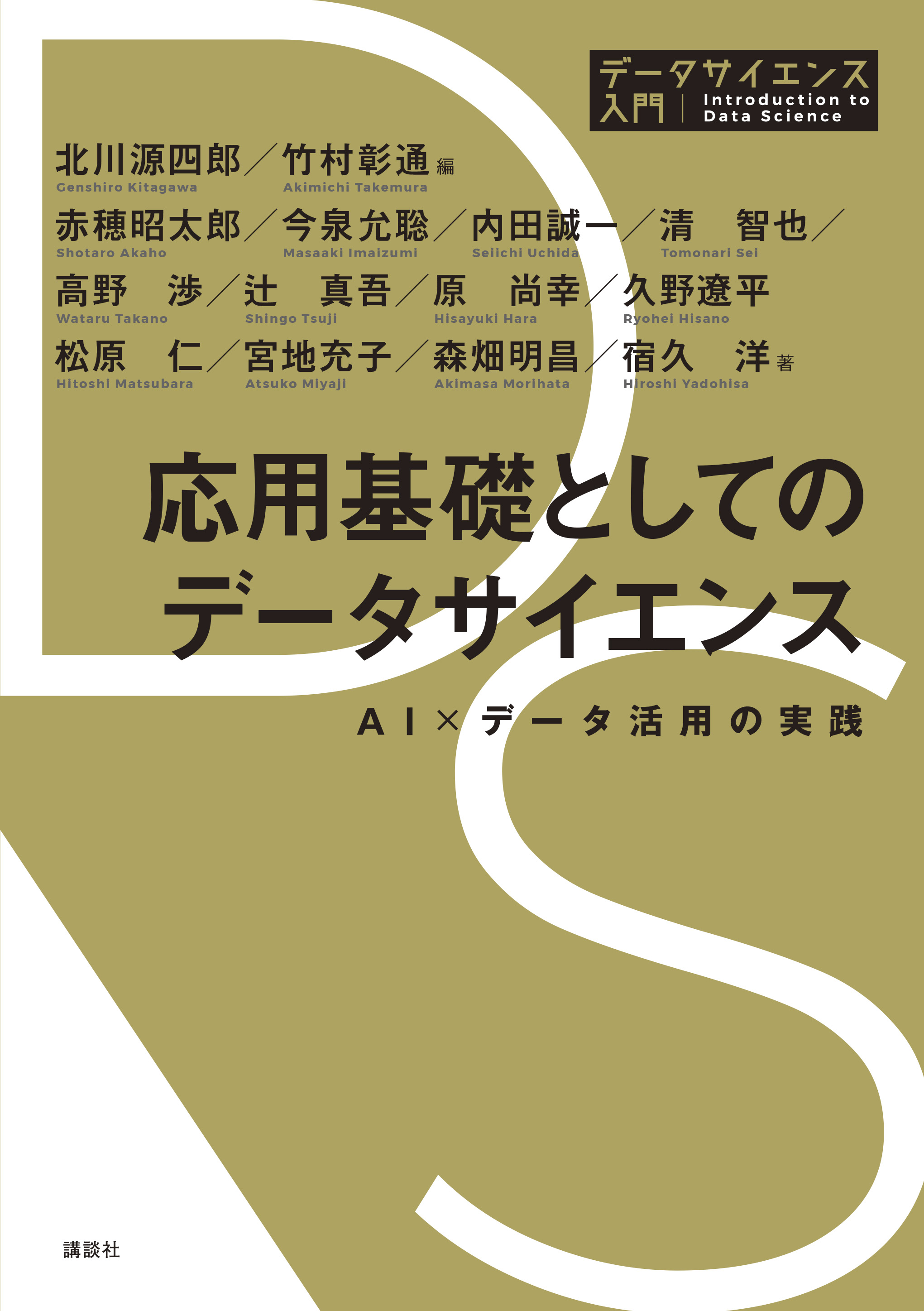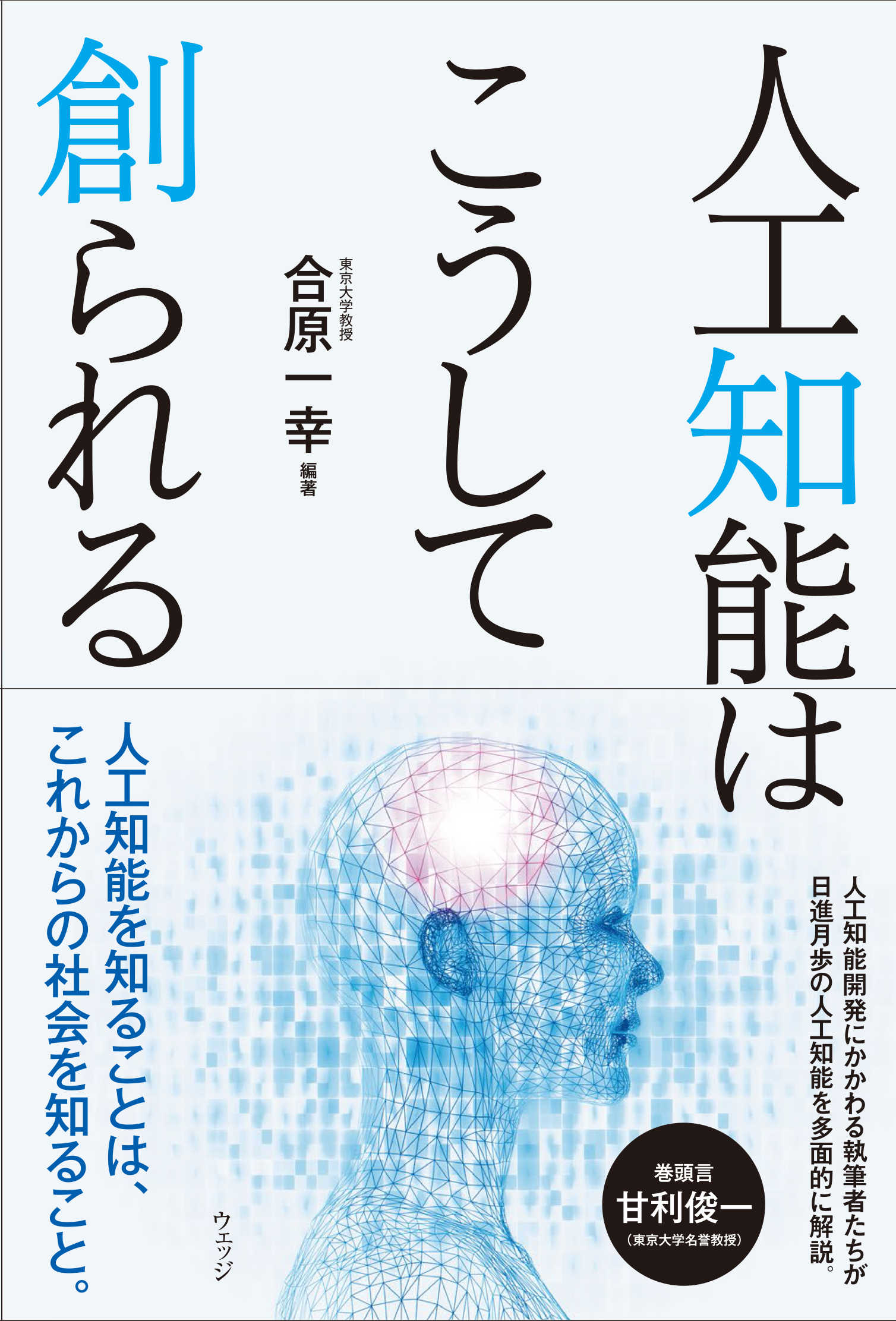
Title
Jinko-Chino ha koushite tsukurareru (This is how AI can be created)
Size
344 pages, 127x188mm, softcover
Language
Japanese
Released
September 20, 2017
ISBN
978-4-86310-185-2
Published by
WEDGE
Book Info
See Book Availability at Library
Japanese Page
With the support of big data and big computing power, the so-called “third wave of AI (Artificial Intelligence) boom” is about to have a big impact on the world.
An important background factor is that this boom is occurring at the same time with the third neural network boom. The present AI technology has been implemented by deep learning using multi-layer feed-forward neural networks.
Neural networks that use deep learning are often qualified by the words, “learned from the brain,” but from the brain-scientific perspective, they differ enormously from an actual brain. A misunderstanding of this point, and the fact that present-day AI displays capabilities far beyond those of humans when it is focused on a specified function such as playing games like Shogi and Go are factors that cause many people to believe that the singularity will really arrive in the near future.
To give its readers an even deeper understanding of this issue, this book gives a detailed explanation of the relationship between AI research and brain research by tracing the historical development of both fields. In addition, to inform readers of the present state of AI research, this book introduces research by Google and IBM who are leading the present AI research as well as research on brain-like computation and natural computation that are being studied to achieve future AI, and at the same time, it explains deep learning itself using almost no equations in an appendix.
Furthermore, it has recently been widely claimed that AI will take away human occupations; therefore, I would like to discuss this issue briefly. This argument is founded on linear thinking based on addition and subtraction, which shows that AI will take over a large part of the work performed by humans, resulting in unemployment.
However, I believe that, actually, it is far more likely that the nonlinear effects generated through skillful cooperation between humans and AI will greatly transform and expand the forms of work that humans perform.
Therefore, the question that must be resolved is how humans and AI can cooperate to create the nonlinear effects expressed as, “1 plus 1 is more than 2”.
As the first step in challenging this question, on an occasion of the PAIR GO World Championship in 2017, an extremely powerful Go-playing AI and humans formed pairs to play Pair Go as trial. World-level champions Mr. Ke Jie of China and Mr. Yuta Iyama of Japan participated in this Pair Go tournament. Then, at the 2019 Spring Tokyo Collection, a fashion show featuring dresses designed cooperatively by fashion designer EMarie and AI was presented. Considering the latter event in particular, in an attempt to discuss the possibility of cooperative work between a human and AI related to the capacity to sense “beauty” that is believed to be a unique capability of humans, I will continue to explore how far this human-AI collaboration can go in the future. (August 6th, 2019)
(Written by AIHARA Kazuyuki, Professor, Institute of Industrial Science / 2019)



 Find a book
Find a book


